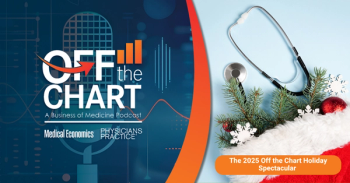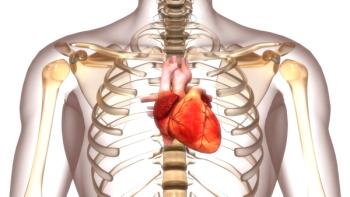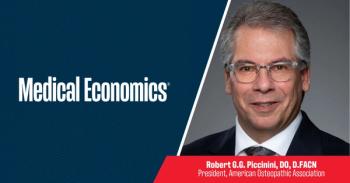
Making the case for a health care tariff exemption
Key Takeaways
- Tariffs on medical supplies, especially low-cost, high-volume items, significantly impact health systems, with rural hospitals being most vulnerable.
- Only 30% of medical supplies are imported, but many U.S.-made products rely on imported components, making them susceptible to tariffs.
Rising tariffs threaten health care supply costs, impacting hospitals' financial stability. Urgent action is needed to mitigate these challenges and protect patient care.
Health systems are under pressure. Costs continue to rise, and tariffs are projected to make them worse. Medical supplies aren’t exempt from tariffs, and creating an exemption for them has not been a significant part of the mainstream tariff policy conversation. That’s surprising, especially given how sensitive hospitals are to even small price increases.
Tariff conversations tend to focus on electronics or cars, but those headlines miss where health care leaders will feel it most. The biggest issue isn’t expensive
Prices for things like implants or imaging equipment won’t shift the same way. These products’ prices typically have more to do with marketing and R&D costs than the true manufacturing cost. If the input costs rise a little, companies aren’t likely to change their pricing strategy. But for commodity supplies, margins are thin, and any added cost is harder to absorb.
Only about
Independent and rural hospitals feel this first.
For now, many hospitals are shielded by long-term contracts. Hospitals and their Group Purchasing Organizations have negotiated fixed pricing for supplies, and most of those agreements are still holding; however, they won’t last forever. As contracts expire, cost pressures will influence renegotiation tactics.
Manufacturers of medical supplies are approaching this uncertainty differently. Some suppliers are already shifting and diversifying manufacturing sites to countries they expect to experience lower tariffs. Others are adding temporary surcharges as a hedge, hoping the tariff impact will be temporary. Still others are holding prices steady, hoping there will soon be clarity on the policy front. If no change comes, there’s a real risk of what I’d describe as a “tariff cliff.” That would be a delayed, but sharp, increase in prices hitting all at once.
After the product shortages experienced during the pandemic, many people assume that China is our number one source for imported medical supplies, but that isn’t so. Mexico is, and the European Union (EU) is a close second. Mexico is a popular manufacturing location for medical supplies of all types due to its proximity to the U.S., and many specialized medical products, including surgical instruments and implants, come from EU countries like Germany and the Netherlands. These tariffs are likely to have a greater total impact than the ones placed on Chinese goods.
So far, there has not been a lot of public pressure to exempt health care goods from tariffs, although it may be happening behind-the-scenes.
Other industries have asked for exemptions and received them (hello, iPhone). There’s a good argument to be made that health care should have the same consideration. Patients aren’t the ones ordering gloves or choosing the best pacemaker, but they pay the price when broad cost increases eventually filter through to higher insurance premiums.
Health systems can’t wait for policy to catch up. There are preexisting opportunities leaders should be working to implement now. Several cost-saving initiatives that were put off before may now be worth the effort. Standardizing supplies across departments and locations, critically examining supply utilization, and aligning with physicians to negotiate fair pricing for implants and other high-value products are part of the normal supply chain toolkit. Leaders should lean into these opportunities now to get ahead of the changes and focus on mitigating the tariffs themselves when there is more clarity.
Tariffs aren’t always visible to the public, but their impact may be significant. Exempting essential medical goods would ease one source of financial stress on health systems. Until then, every system will need to look closely at what it can control and move fast to avoid being caught flat-footed.
Newsletter
Stay informed and empowered with Medical Economics enewsletter, delivering expert insights, financial strategies, practice management tips and technology trends — tailored for today’s physicians.








